This article aims to clarify the English terminology used in home building materials. It covers essential terms and their meanings to help readers better understand the construction process. Topics include types of materials, their properties, and how they are used in building homes. By familiarizing oneself with these terms, one can communicate more effectively with builders and make informed decisions about their home construction. The article serves as a valuable resource for homeowners and those interested in learning about the English language in the context of home building materials.
Introduction
The world of home building materials is vast and diverse, encompassing a wide range of products that are essential for constructing and maintaining residential spaces. Whether you are a homeowner looking to renovate, a builder seeking materials for a new project, or simply someone interested in the field, understanding the English terminology of home building materials is crucial. This article aims to provide an overview of some key terms and phrases used in the industry, along with their pronunciation, to help you navigate the complex landscape of home building materials with confidence.
Lumber (/ˈlʌm.bər/)
Lumber refers to the wood that has been processed into beams, planks, and boards, ready for use in construction. It is one of the most fundamental materials in home building, used for framing, flooring, and other structural elements. The pronunciation of "lumber" is "lum-ber," with the emphasis on the first syllable.
Plywood (/ˈplaɪˌwʊd/)
Plywood is a type of engineered wood made from thin layers of wood veneer that are glued together with grains aligned in opposite directions. This construction method makes plywood strong, stable, and less prone to warping. The word "plywood" is pronounced "pli-wood," with the "ply" sounding like "pli."
Drywall (/ˈdraɪˌwɔːl/)
Drywall, also known as plasterboard or gypsum board, is a panel made of gypsum plaster pressed between two thick sheets of paper. It is used to create the interior walls and ceilings of homes. The pronunciation of "drywall" is "dry-wall," with the "dry" pronounced as "dry" and the "wall" as "wawl."
Insulation (/ˌɪn.sjʊˈleɪ.ʃən/)
Insulation is a material that reduces the transfer of heat, cold, or sound between objects in contact or between adjacent spaces. In home building, insulation is crucial for energy efficiency and comfort. The word "insulation" is pronounced "in-su-lay-shun," with the emphasis on the second syllable.
Concrete (/ˈkɒŋ.kriːt/)
Concrete is a composite material composed of cement, aggregate (usually sand and gravel), and water. It is widely used in home building for foundations, slabs, and other structural elements. The pronunciation of "concrete" is "kon-kreet," with the "con" pronounced as "kon."
Masonry (/ˈmeɪ.sən.ri/)
Masonry refers to the craft of building structures from individual units, such as bricks, stones, or concrete blocks. Masonry is often used for walls, fireplaces, and other load-bearing structures. The word "masonry" is pronounced "may-son-ree," with the "mason" sounding like "may-son."
Roofing (/ˈruː.fɪŋ/)
Roofing is the process of installing an overhead covering on a building structure or shelter that provides protection from the elements. Roofing materials can include asphalt shingles, metal, tile, and more. The pronunciation of "roofing" is "roo- fing," with the "roof" pronounced as "roo."
Siding (/ˈsaɪ.dɪŋ/)
Siding is the exterior material applied to the walls of a house or other buildings to provide protection against the elements and improve aesthetics. Common siding materials include vinyl, wood, and fiber cement. The word "siding" is pronounced "sigh-ding," with the "side" sounding like "sigh."
Plumbing (/ˈplʌm.ɪŋ/)
Plumbing is the system of pipes, fixtures, and other apparatus installed in a building for the distribution of water and the removal of waterborne wastes. Understanding plumbing terminology is essential for any home improvement project involving water. The pronunciation of "plumbing" is "plum-bing," with the "plumb" pronounced as "plum."
Electrical Wiring (/ɪˈlek.trɪ.kəl ˈwaɪ.ər.ɪŋ/)
Electrical wiring refers to the installation of electrical conductors and associated devices for the transmission of electricity. It is a critical aspect of home building, ensuring that power is safely and efficiently distributed throughout a home. The phrase "electrical wiring" is pronounced "i-lek-trik-al wy-ering," with the emphasis on the first syllable of each word.
Flooring (/ˈflɔː.rɪŋ/)
Flooring is the permanent covering of a floor, or the work of installing such a covering. It can be made from various materials, including wood, laminate, vinyl, and瓷砖. The pronunciation of "flooring" is "flor-ing," with the "floor" pronounced as "flor."
Paint (/peɪnt/)
Paint is a liquid mixture, often colored, that is applied to a surface for protection, decoration, or other purposes. In home building, paint is used to enhance the appearance and durability of walls, ceilings, and trim. The word "paint" is pronounced "paint," with the "p" sounding like "p" and the "aint" like "aint."
Drywall Tape (/ˈdraɪˌwɔːl teɪp/)
Drywall tape, also known as joint tape, is a paper tape used in the finishing process of drywall installation to cover the seams between the panels. It is essential for creating a smooth, seamless surface. The phrase "drywall tape" is pronounced "dry-wall tape," with the "drywall" pronounced as "dry-wawl" and "tape" as "tayp."
Caulk (/kɔːk/)
Caulk is a material used to fill gaps or joints in various building materials to create a weatherproof seal. It is commonly used around windows, doors, and other areas where two surfaces meet. The word "caulk" is pronounced "cawk," with the "c" sounding like "k."
Stud (/stʌd/)
A stud is one of a series of vertical wooden or metal posts or columns that are used to support a structure, such as a wall or partition. In home building, studs are the backbone of wall construction. The word "stud" is pronounced "stud," with the "s" sounding like "s" and the "tud" like "tud."
Conclusion
Understanding the English terminology of home building materials is not only essential for professionals in the construction industry but also for homeowners who wish to be more informed about their homes. By familiarizing yourself with these terms and their pronunciations, you can communicate more effectively with contractors, suppliers, and other industry professionals. This knowledge can also empower you to make better decisions when it comes to selecting materials for your home improvement projects, ensuring that you choose the best products for your needs.

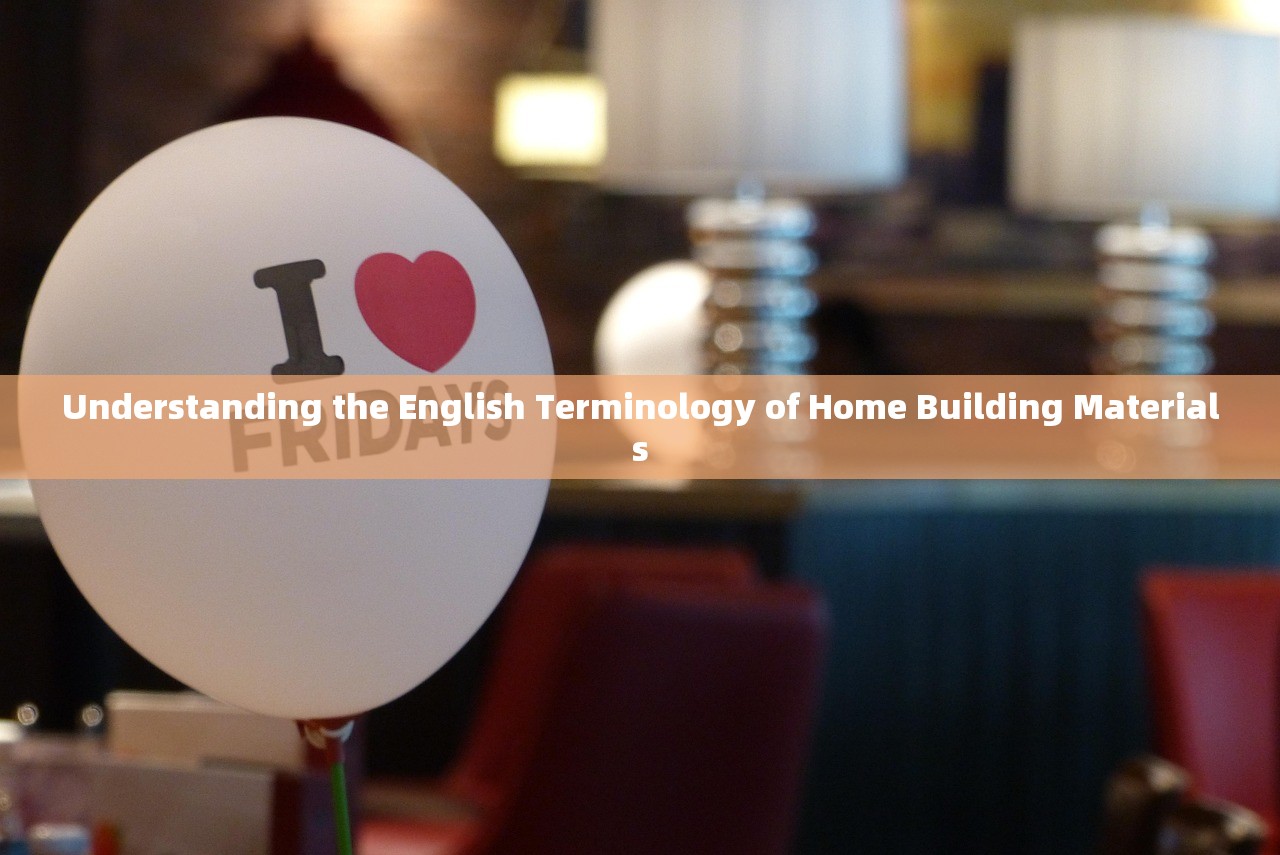
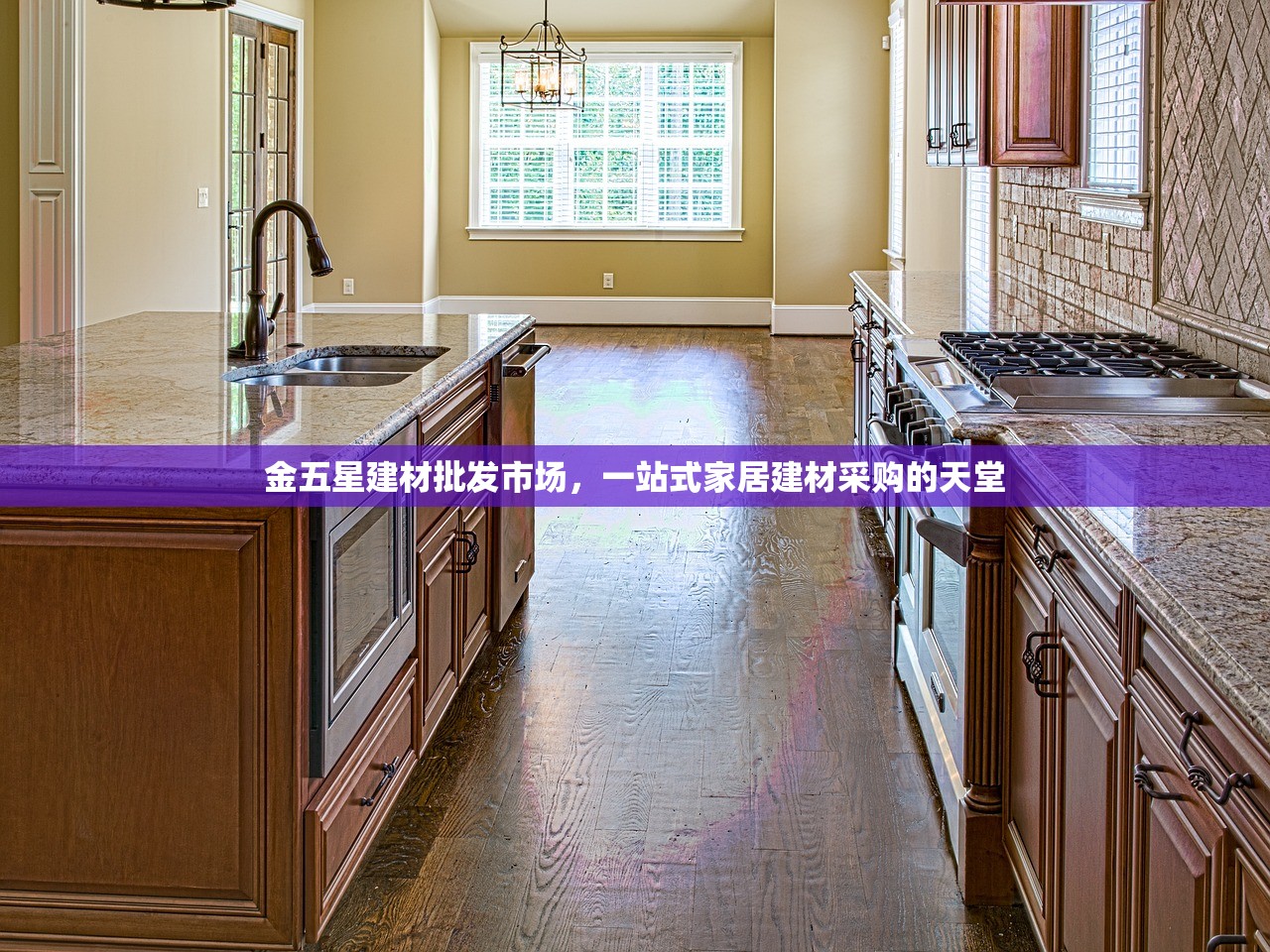
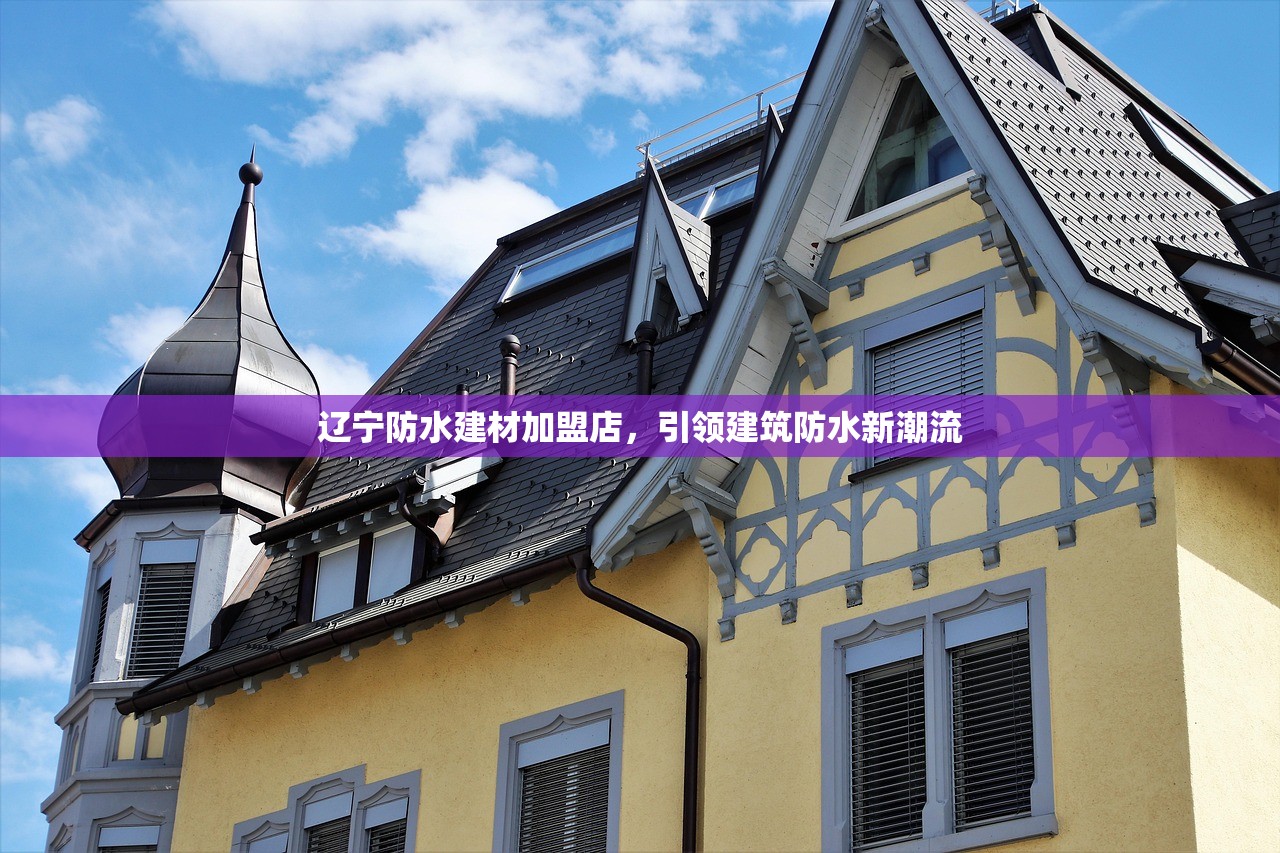

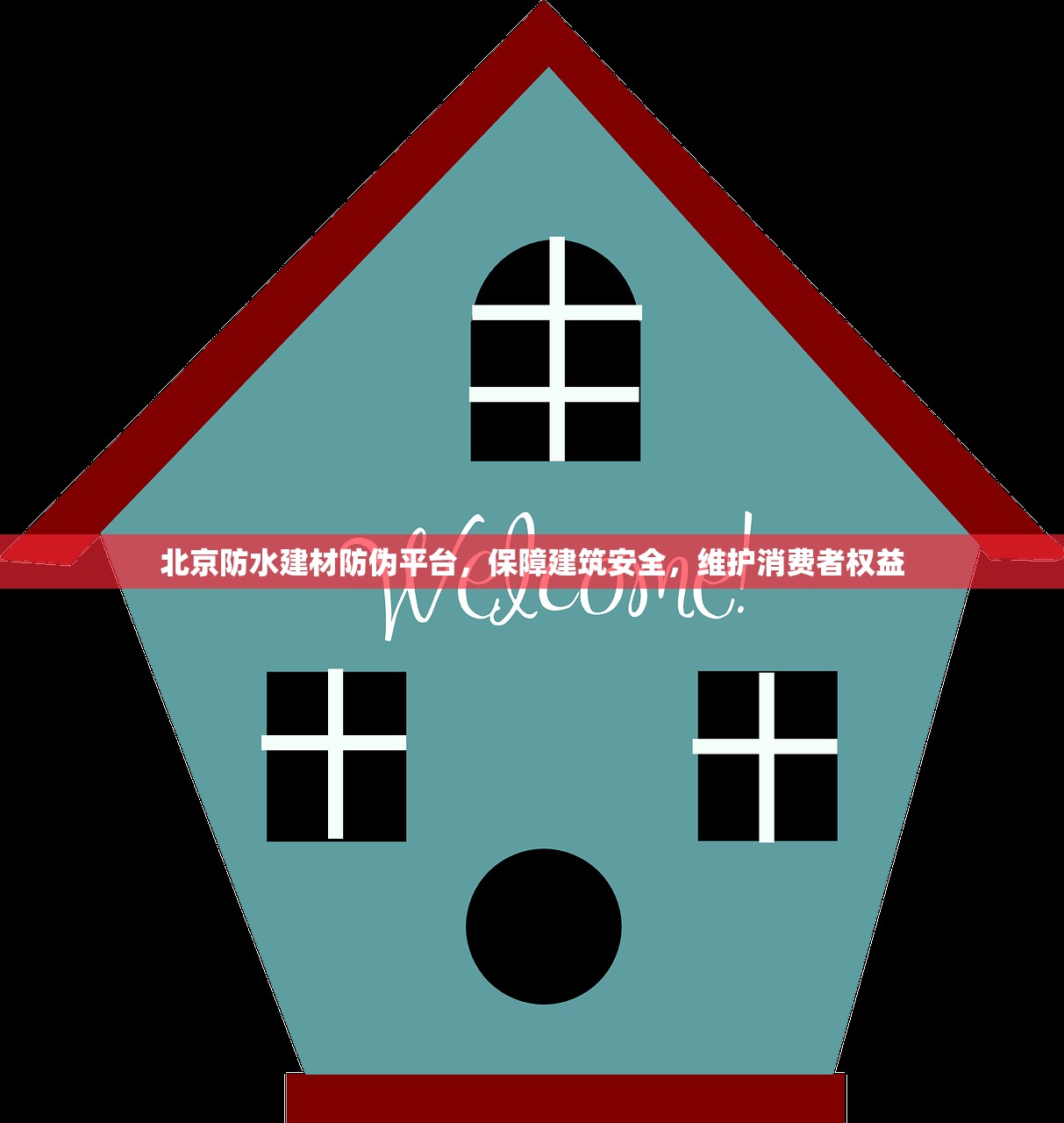

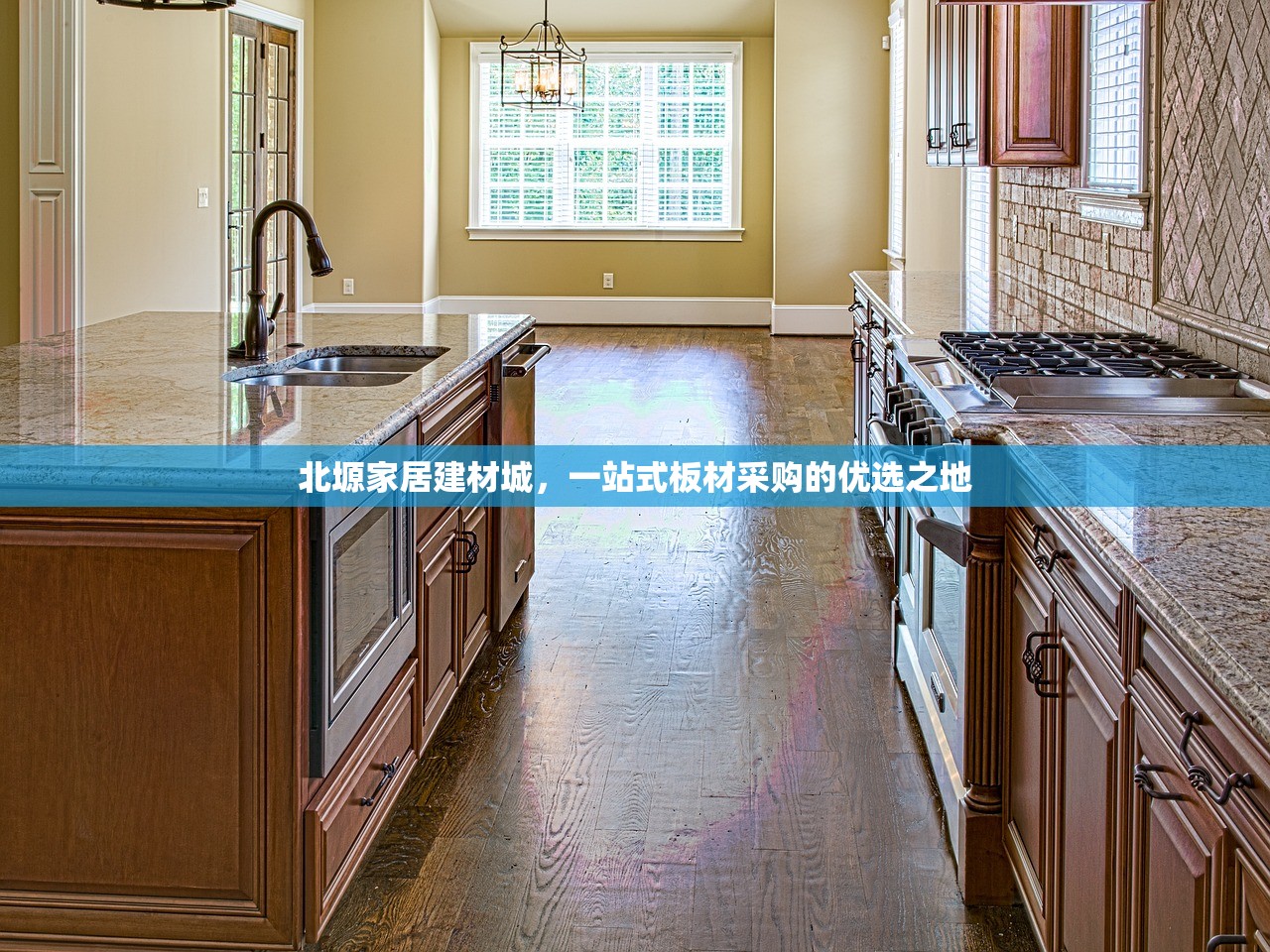






 京公网安备11000000000001号
京公网安备11000000000001号 渝ICP备13005745号-5
渝ICP备13005745号-5
还没有评论,来说两句吧...